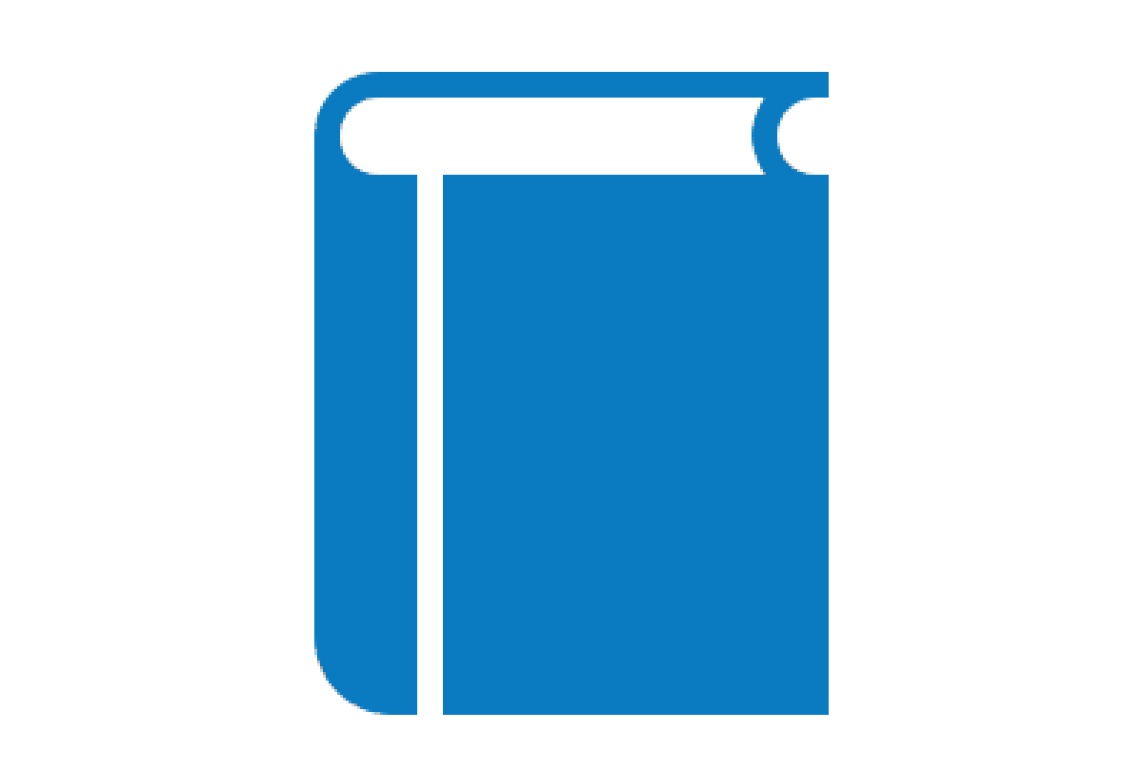Morphodynamics
Throughout its 160 km length, the Scheldt estuary exhibits significant differences. Between Ghent and Doel (Zeeschelde), the river has a single-channel system. The width of the river here ranges from about 50 to 1350 meters. Downstream from Doel, in the Netherlands (Westerschelde), the river meanders across a broad bed with a complex multiple-channel system consisting of channels, sandbanks, flats, and intertidal areas along the banks. In Vlissingen, the width exceeds 5000 meters.
Throughout history, many human interventions have altered the morphology of the estuary and the river: banks were reinforced, the riverbed was straightened in various places, land was reclaimed through polders, dredging and dumping occurred, etc. These changes were originally made solely for safety and accessibility (economy) of the estuary. Many of these activities still occur, but now considerations of naturalness and balance of the estuary are also taken into account. Management practices, such as de-poldering, are also implemented. Additionally, hydrodynamics also influence the morphodynamics of the system, and vice versa.
In the context of the three functions of the Scheldt estuary (accessibility, safety, and naturalness), the geomorphology of the estuary is closely monitored. Collecting bathymetric data is crucial for creating topographic maps of the riverbed across the entire catchment area. Significant research is also conducted on sediment composition, deposition, and transport (mainly sand and silt), channel development, erosion, and the impact of sand extraction, dredging activities, and dumping of sand and silt.

Data
To ToolboxProducts
To GalleryMaps
To Geoviewer